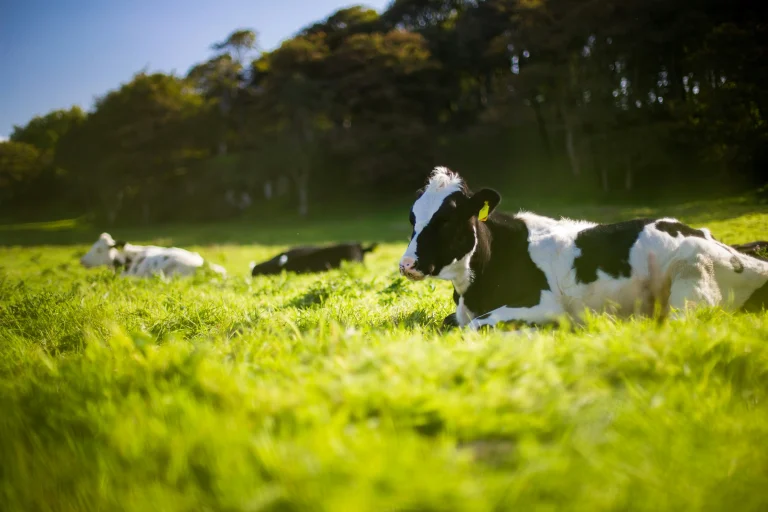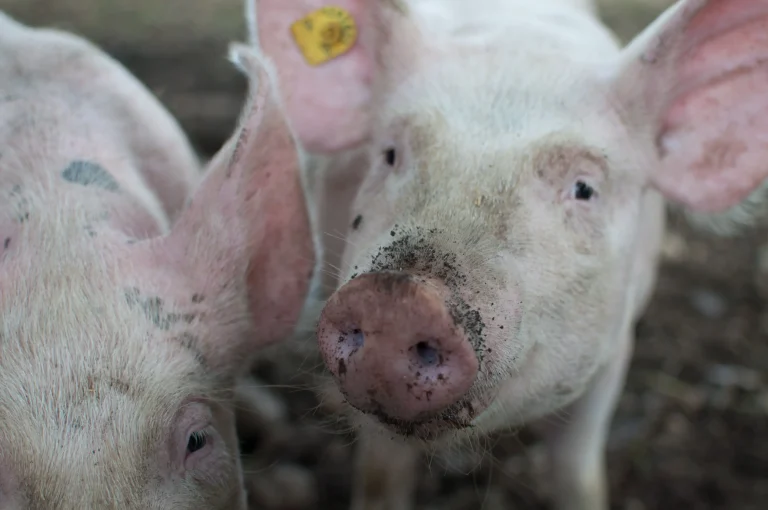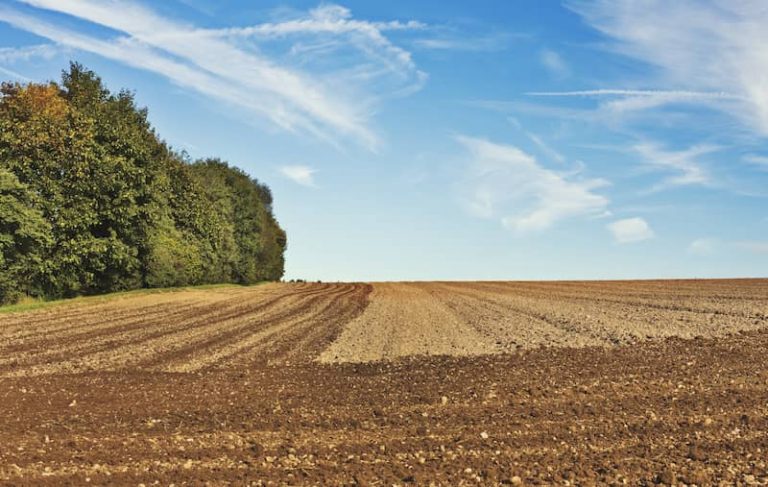Carbon insetting is increasingly being used by companies as an alternative to traditional carbon offsetting. Rather than purchasing emission reductions from unrelated projects elsewhere, insetting focuses on reducing or removing carbon within the company’s own supply chain.
In the food and agriculture sector that often means supporting on-farm practices — such as agroforestry, improved grazing or soil-carbon projects — and counting the benefits as part of the company’s climate targets. Because those practices take place on working farms, this shift has direct implications for producers as well as their supply-chain partners. In this Q&A, Farming Future Food takes a look at what carbon insetting really is, and what it could mean in practice for producers.
What does carbon insetting actually involve?
Carbon insetting means carrying out climate-mitigation projects within the supply chain. For example, a food company might support its supplying farmers in adopting regenerative practices, planting shelterbelts, integrating agroforestry, or measuring soil carbon — and then count those reductions against its own supply-chain emissions. Crucially, the benefit stays in the supply chain rather than being turned into a carbon credit and sold.
How is that different from selling carbon offsets?
With offsetting, a farmer generates carbon credits and sells them on an open market. The buyer might be completely unrelated to the farming business (for example, an airline). With insetting, the buyer is the farmer’s own customer, and the carbon benefit is tied directly to the product supply agreement. In other words, the reduction or removal is not exported — it stays attached to the farm–buyer relationship.
Why does this matter to producers?
Insetting schemes could provide access to co-investment or price premiums. Some dairy processors, for example, are already paying farmers a higher milk price if they take part in soil-carbon or biodiversity projects that form part of a branded supply offer. But insetting can also mean new reporting and data requirements, and sometimes long-term agreements (five to ten years) that tie a farm to a particular practice. Understanding the trade-off between support and obligation is therefore critical.
Are there specific practices that typically qualify?
Most insetting programmes focus on measurable on-farm interventions such as:
- planting trees or hedges on farmland
- improving grazing management and increasing pasture rest
- switching to cover crops or more diverse rotations
- applying organic amendments that increase soil carbon
These practices can either reduce emissions directly (e.g. reduced fertiliser use) or increase carbon stored in soils and biomass.
How is impact measured and verified?
Insetting uses similar approaches to carbon markets: farms need a baseline, on-farm measurements or remote-sensing data, and then regular verification to show the change over time. The key difference is that the resulting carbon gain is not converted into an open-market credit — it is “retired” and used internally by the supply-chain partner.
Does insetting replace offsetting?
For many companies it’s a transition. Offsetting is still being used for residual emissions, but the longer-term expectation is that reductions achieved within the value chain (i.e. on farms) will become more important. This means that farmers are likely to see more requests to participate in insetting schemes from processors, retailers or branded manufacturers.
FAQ
What is carbon insetting?
Carbon insetting refers to emissions-reduction or carbon-sequestration projects carried out within a company’s own supply chain. Unlike traditional offsets, the carbon benefit is retained and counted by the company that sources the product or commodity.
How is insetting different from offsetting?
Offsetting usually involves purchasing carbon credits from unrelated projects and using them to compensate for emissions elsewhere. Insetting keeps both the emissions and the mitigation activity within the same supply chain and aims to reduce impact at its source.
Key takeaways
- Carbon insetting involves carrying out emissions-reduction or carbon-sequestration projects on farms that are part of a company’s own supply chain.
- Unlike offsetting, the carbon benefit is not sold as a credit to a third party — it remains within the farm–buyer relationship.
- Insetting schemes often focus on practices such as agroforestry, cover cropping, improved grazing or soil-carbon measurement.
- For farmers, insetting can mean access to co-investment or price premiums, but usually also requires long-term data collection and verification.
- Many food companies are moving from external carbon offsets to insetting as a way of meeting Scope 3 targets, which is likely to increase demand for on-farm participation.
Want to read more stories like this? Sign up to our newsletter for bi-weekly updates on sustainable farming and agtech innovation.










